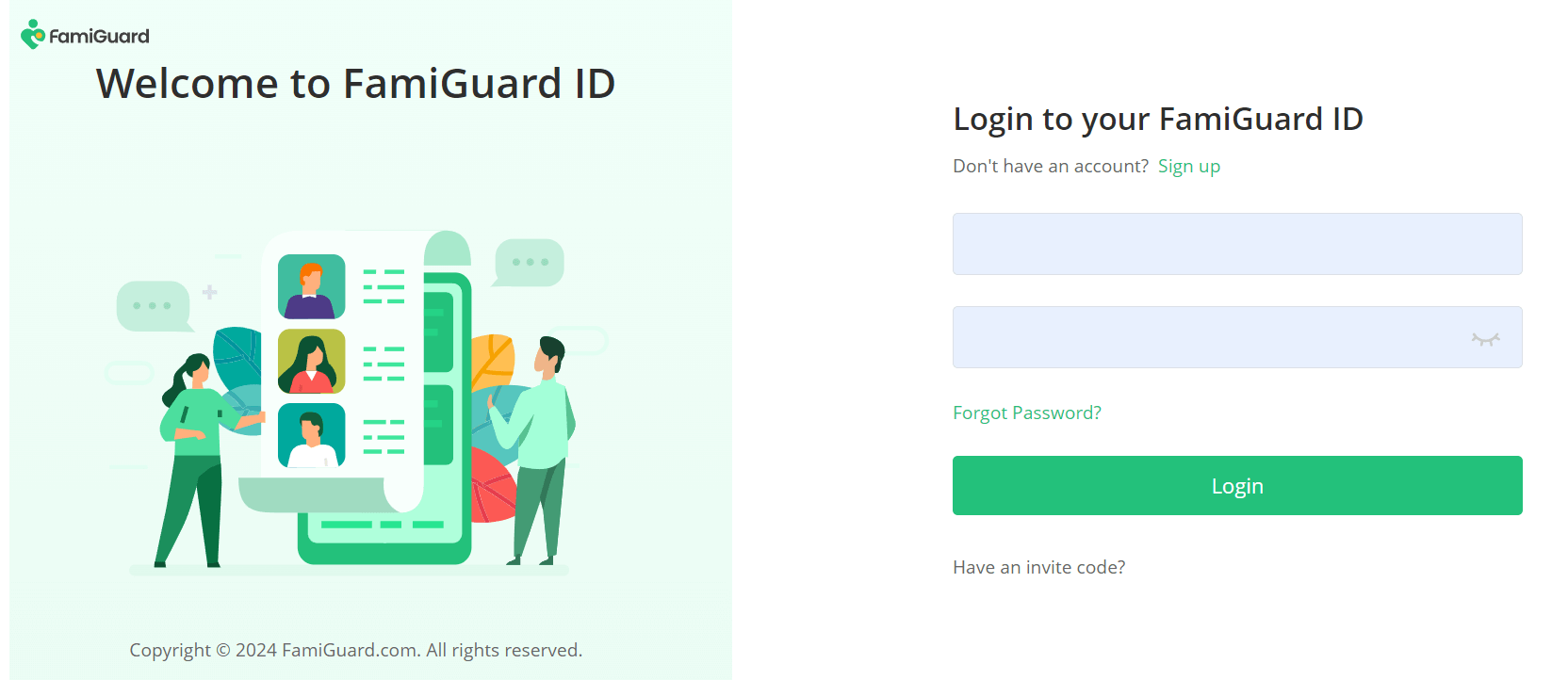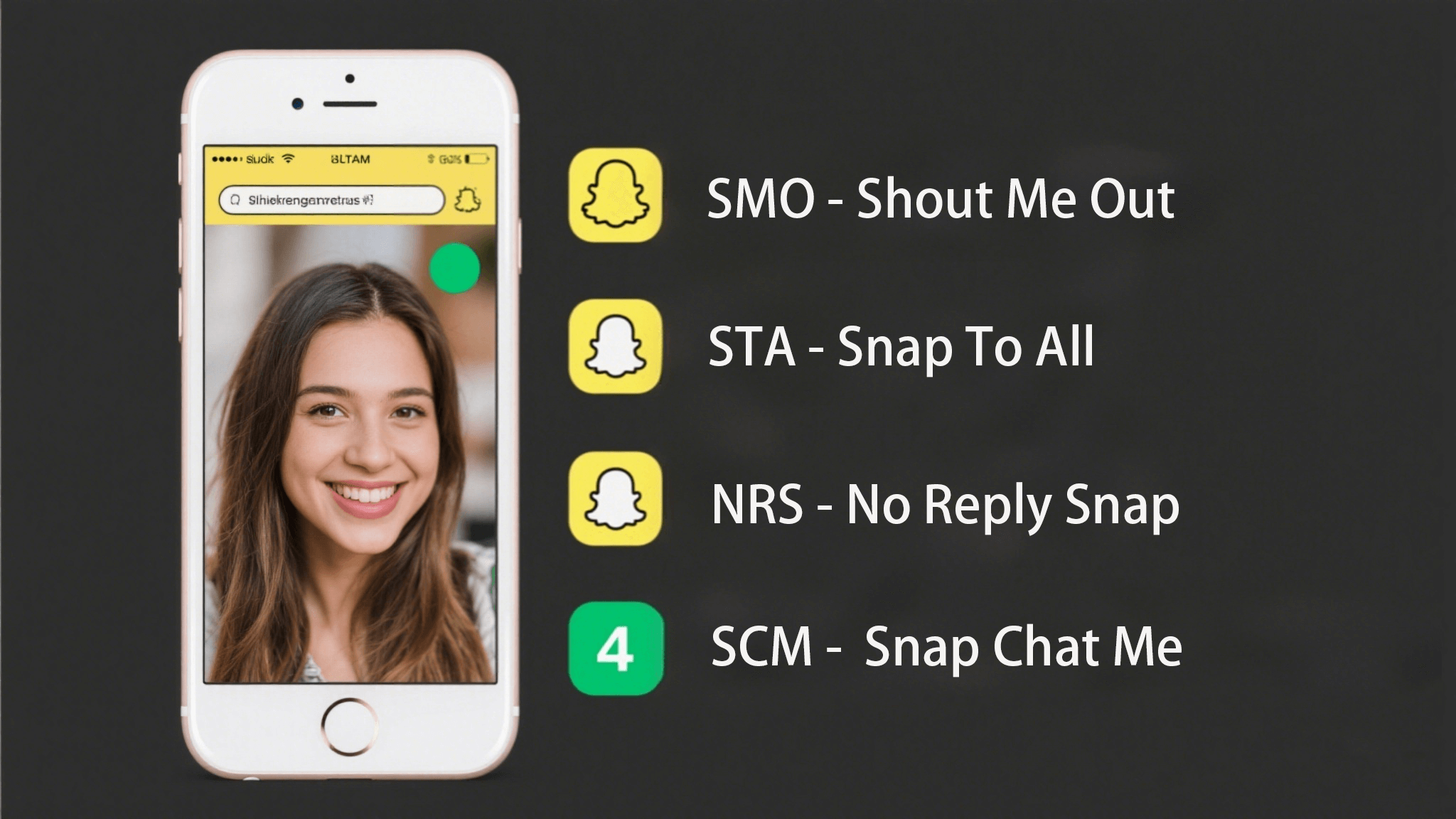FamiGuard Support: Monitor Devices with Others' Permission.
Grooming is a distressingly common reality, affecting far more teenagers than most people realize. In 2022, there were 558,899 victims of child abuse in the United States. (Data source: Total number of victims of child abuse in the United States) Recent statistics show that a significant number of young individuals fall victim to grooming each year, often without their parents or guardians being aware.
This insidious practice involves an abuser gradually building a relationship, trust, and emotional connection with a young person to manipulate, exploit, and abuse them.
Knowing the signs of grooming a teenager is necessary for parents, educators, and communities to protect teenagers from this hidden threat. In this post, we will explore the warning signs of grooming, equipping you with the knowledge needed to safeguard the well-being of the teenagers in your life.
Table of Contents
Part 1: What is Grooming?
Grooming is a manipulative process where an individual builds a relationship, trust, and emotional connection with a child or teenager to exploit and abuse them. This behavior is not limited to strangers; anyone, regardless of age, gender, or race, can be a groomer. The ultimate goal of grooming is often for sexual abuse, exploitation, or trafficking.
How Grooming Happens
Grooming can occur over various periods, ranging from weeks to years, and may involve building relationships with the young person’s family or friends to appear more trustworthy. Groomers often use the internet to meet and engage with children, through social media, messaging apps, and online games where young people spend their time. By adopting the interests of the youth, groomers tailor their interactions to seem appealing and safe.
Grooming Behaviors
Groomers employ several steps to establish control and dependency:
- Pretending to be someone else: Often groomers will present themselves as peers to their targets by using fake profiles or images.
- Providing attention and gifts: These are used to gain the affection and trust of the child. Groomers may also offer trips or outings to create a sense of adventure and excitement.
- Isolation: A key tactic where groomers attempt to distance the child from friends and family, increasing the child's reliance on them.
- Secrecy and blackmail: Groomers may introduce ' s' to create a bond and use these s to manipulate or control the child, often instilling feelings of guilt or shame.
Understanding these methods and behaviors is key to recognizing and preventing grooming. By being aware of how groomers operate, you can better protect children and teenagers from such predatory behaviors.
Part 2: Recognize the Signs of Grooming
Grooming behaviors are usually subtle and may not seem inappropriate at the beginning stage, that’s why recognizing potential warning signs is important. This part describes different warning signs to recognize signs of a teenager experiencing grooming or an adult having grooming behaviors.
Warning Signs of a Child Experiencing Grooming
1. Excessive Secrecy: The teenager starts keeping s about their activities, friendships, or online interactions. They may become defensive or evasive when questioned about their behavior.
2. New Friendships with Older Individuals: The teenager forms new friendships or relationships with older individuals, often without introducing them to family or close friends. These older friends may give them gifts or special attention.
3. Sudden Behavioral Changes: There is a noticeable shift in the teenager's behavior, such as becoming more withdrawn, anxious, or aggressive. They may also exhibit signs of depression or mood swings.
4. Unexplained Gifts or Money: The teenager receives gifts, money, or other favors from someone they won't identify or explain. These can include new gadgets, clothing, or other expensive items.
5. Isolation from Family and Friends: The teenager begins distancing themselves from their usual social circle, including family and long-time friends. They may prefer to spend time alone or with new friends who are unfamiliar to their family.
6. Excessive Communication with One Person: The teenager engages in frequent communication with a particular person, often through calls, texts, or online messages. This communication may become .
7. Unusual Knowledge or Behavior: The teenager displays knowledge or behavior that is inappropriate for their age or seems to be influenced by someone older. This can include sexualized language or actions.
8. Reluctance to Share Information: The teenager becomes reluctant to share details about their life, whereabouts, or interactions. They may also exhibit fear or discomfort when discussing certain topics.
9. Changes in Appearance: There may be sudden changes in the teenager's appearance, such as new clothing styles, hairstyles, or makeup that align with someone else's preferences rather than their own.
Signs of Grooming Behaviors to Look Out in Adults
It is horrible to find a potential groomer in family members, especially your husband or someone’s parent. Here are some red flags for one adult you should be aware of,
- Excessive Attention and Flattery: The adult showers the child or teenager with constant praise, compliments, or gifts. They may go out of their way to make the young person feel special and unique.
- Building Trust and Secrecy: The adult works to establish a close, trusting relationship with the child or teenager. They might create a sense of exclusivity, often encouraging the child to keep their relationship or certain activities .
- Isolation Tactics: The adult tries to isolate the child from their family and friends. They may suggest that others do not understand the child as well as they do or discourage the child from spending time with their usual social circle.
- Inappropriate Boundaries: The adult engages in behavior that blurs the lines between appropriate and inappropriate. This can include physical touch that is too frequent or intimate or discussions about sexual topics that are not age-appropriate.
- Overly Personal Sharing: The adult shares personal, sometimes inappropriate information about their own life, creating a sense of intimacy and dependency. They may also ask the child to keep this information confidential.
- Excessive Communication: The adult frequently communicates with the child through texts, calls, or online messages, often at odd hours or in ways. They might use private or encrypted messaging apps to avoid detection.
- Offering Help and Support: The adult offers help or support that goes beyond what is normal, such as offering rides, tutoring, or financial assistance. They may use these favors to create a sense of indebtedness.
- Creating Dependency: The adult works to make the child dependent on them emotionally, financially, or socially. They might position themselves as the child's primary source of support or understanding.
- Testing Boundaries: The adult subtly tests the child’s boundaries to see how far they can push them. This might start with seemingly innocent behavior that gradually escalates to more inappropriate actions.
- Exploiting Vulnerabilities: The adult targets vulnerable children, such as those experiencing family problems, loneliness, or low self-esteem. They use the child’s vulnerabilities to manipulate and control them.
- Defensive or Secretive Behavior: When questioned about their relationship with the child, the adult becomes defensive, , or evasive. They might downplay the closeness of the relationship or lie about their intentions.
- Gaining Access to the Child’s Life: The adult seeks to be involved in various aspects of the child's life, such as attending their activities, volunteering at their school, or forming friendships with their family.
It's vital to maintain open communication with children and educate them about appropriate boundaries. Recognizing these signs can prompt timely interventions, helping to safeguard children from grooming and its potentially devastating effects. And it is always not too late to seek professional support.
Part 3: Effects of Grooming
The consequences of grooming on a child or teenager are profound and long-lasting, affecting various aspects of their mental, emotional, and physical health.
Emotional and Psychological Impact: Victims of grooming often experience a range of negative emotions including guilt, shame, and confusion. These feelings can lead to severe anxiety, depression, and even post-traumatic stress disorder (PTSD). The manipulation involved in grooming can leave the victim with a distorted sense of self-worth and trust issues, which may persist into adulthood, affecting relationships and personal development.
Behavioral Changes: Children who have been groomed might exhibit noticeable changes in behavior. This can include withdrawal from friends and family, sudden outbursts of anger, or a decline in academic performance. Victims may also engage in self-destructive behaviors such as substance abuse, self-harm, or risky sexual behavior as a coping mechanism.
Physical Symptoms: The stress and anxiety caused by grooming can manifest in physical symptoms like insomnia, changes in appetite, or somatic complaints such as headaches and stomachaches. In severe cases, the trauma of grooming can lead to long-term health issues, including chronic pain or gastrointestinal problems.
Impact on Relationships and Trust: Grooming can severely impact the victim's ability to trust others, which is fundamental to forming healthy relationships. Victims often struggle with intimacy and may have difficulty establishing boundaries. This distrust can extend to authority figures and can hinder their interaction in social, educational, and professional settings.
Long-term Consequences: The effects of grooming can extend far into adulthood. Victims may suffer from ongoing mental health issues, have difficulties in maintaining jobs, and struggle with interpersonal relationships. The trauma experienced can lead to a cyclical pattern of abuse, where victims might find themselves in similar abusive situations without the ability to break free.
Recognizing these effects underscores the importance of addressing grooming behaviors promptly and providing comprehensive support to the victims to aid in their recovery and prevent further abuse.
Part 4: How to Prevent Child Grooming
Preventing child grooming requires a proactive and comprehensive approach. Here are several key strategies that can help safeguard children from potential predators:
Educate Yourself and Your Child: Knowledge is a powerful tool. Learn about the subtle and escalating processes groomers use to build trust with children and often their caretakers. Teach your children about healthy relationships and the importance of boundaries. Resources like the book Mia’s Secret can be a gentle way to introduce the topic to younger children.
Monitor Interactions and Recognize Red Flags: Pay close attention to how adults interact with your child. Be cautious of adults who:
- Test boundaries with jokes, games, or touch that seems inappropriate.
- Offer gifts or favors, especially if they encourage secrecy.
- Communicate with your child via texts, emails, or social media.
Promote Open Communication: Encourage your child to talk about their day and their interactions with others. Make sure they know they can come to you with anything that makes them feel uncomfortable or confused.
Set Digital Boundaries: Educate your child about online safety and the risks of sharing personal information. Keep computers and devices in common areas and use parental control tools like FamiGuard Pro. This app can let you monitor kids’ calls, SMS messages, and their social apps’ messages. The built-in GPS location tracking and geofence features will let you know where your children are and whether they are out of safe areas.
If you need to record evidence of online abuse, FamiGuard Pro can capture and record screens for your needs.
How to Set Up FamiGuard Pro?
Step 1. Create/Sign in your account and pick the suitable subscription plan to unlock all FamiGuard Pro features.

Step 2. After purchasing, you will be navigated to Member Center. Click Try Now button and you will go to the dashboard, choose the device you want to bind and follow the Set up guide to finish installation and configuration on the target device.

Step 3. After you verify your setup successfully, you can begin your monitor now. You can check what you need to know from the Sidebar. Capture or record screens are from Remote Control, and you can set geofence from Location Tracking.

FAQs
1. How do I know if I am being groomed?
Grooming often involves someone building a close relationship with you to exploit or manipulate you. Signs can include receiving special attention, gifts, or compliments, being asked to keep s, experiencing excessive communication, or being gradually isolated from friends and family. If you feel uncomfortable or pressured in any way, it's important to talk to a trusted adult or authority.
2. What are the 6 steps of grooming?
The six steps of grooming typically include:
- Targeting the Victim: The perpetrator identifies a vulnerable individual.
- Gaining Trust: The perpetrator gains the victim's trust through kindness, attention, and shared interests.
- Filling a Need: The perpetrator fills an emotional or physical need, making the victim dependent on them.
- Isolation: The perpetrator isolates the victim from friends and family to maintain control.
- Sexualization: The perpetrator gradually introduces sexual content and behavior.
- Maintaining Control: The perpetrator uses threats, guilt, or shame to keep the victim from disclosing the abuse.
3. What are the red flags for grooming?
Red flags for grooming include:
- Unusual gifts or privileges given to the child.
- Excessive attention or communication from an adult.
- Asking the child to keep s.
- Isolating the child from peers or family.
- Sudden changes in behavior or mood.
- The adult shows an unusual interest in the child’s personal life.
4. What are examples of grooming tactics?
Examples of grooming tactics include:
- Giving gifts or money to the victim.
- Showing inappropriate interest in the victim’s activities or personal life.
- Encouraging the victim to break rules or keep s.
- Complimenting or flattering the victim excessively.
- Manipulating the victim’s emotions, such as making them feel special or loved.
- Gradually introducing sexual content or behavior.
5. What are the signs of child grooming by a parent?
Signs of child grooming by a parent can include:
- Excessive control over the child’s life and social interactions.
- Inappropriate physical contact or overly affectionate behavior.
- Isolation from other family members or friends.
- Making the child feel responsible for the parent’s emotional well-being.
- Secretive behavior or asking the child to keep certain activities or conversations .
6. What to do if you’re concerned that someone is grooming a child?
If you suspect someone is grooming a child, what you need to do:
- Document: Keep records of any suspicious behavior or interactions.
- Report: Contact local authorities, child protective services, or organizations specializing in child safety.
- Communicate: Talk to the child in a non-confrontational manner to understand their perspective.
- Support: Provide emotional support and reassure the child that they are not to blame.
- Seek Professional Help: Consult with professionals, such as counselors or child psychologists, for further assistance and guidance.
Conclusion
The subtle and manipulative nature of grooming can make it difficult to detect, but being aware of the red flags can help you intervene early. If you suspect that a teenager is being groomed, it is essential to seek professional help immediately. Professionals can provide the necessary support and guidance to both the teenager and their family, ensuring that they are protected and can recover from any harm caused. By staying vigilant and informed, we can create a safer environment for our children and help prevent grooming before it escalates. Remember, early detection and intervention are key to stopping grooming in its tracks.
By Tata Davis
An excellent content writer who is professional in software and app technology and skilled in blogging on internet for more than 5 years.












































